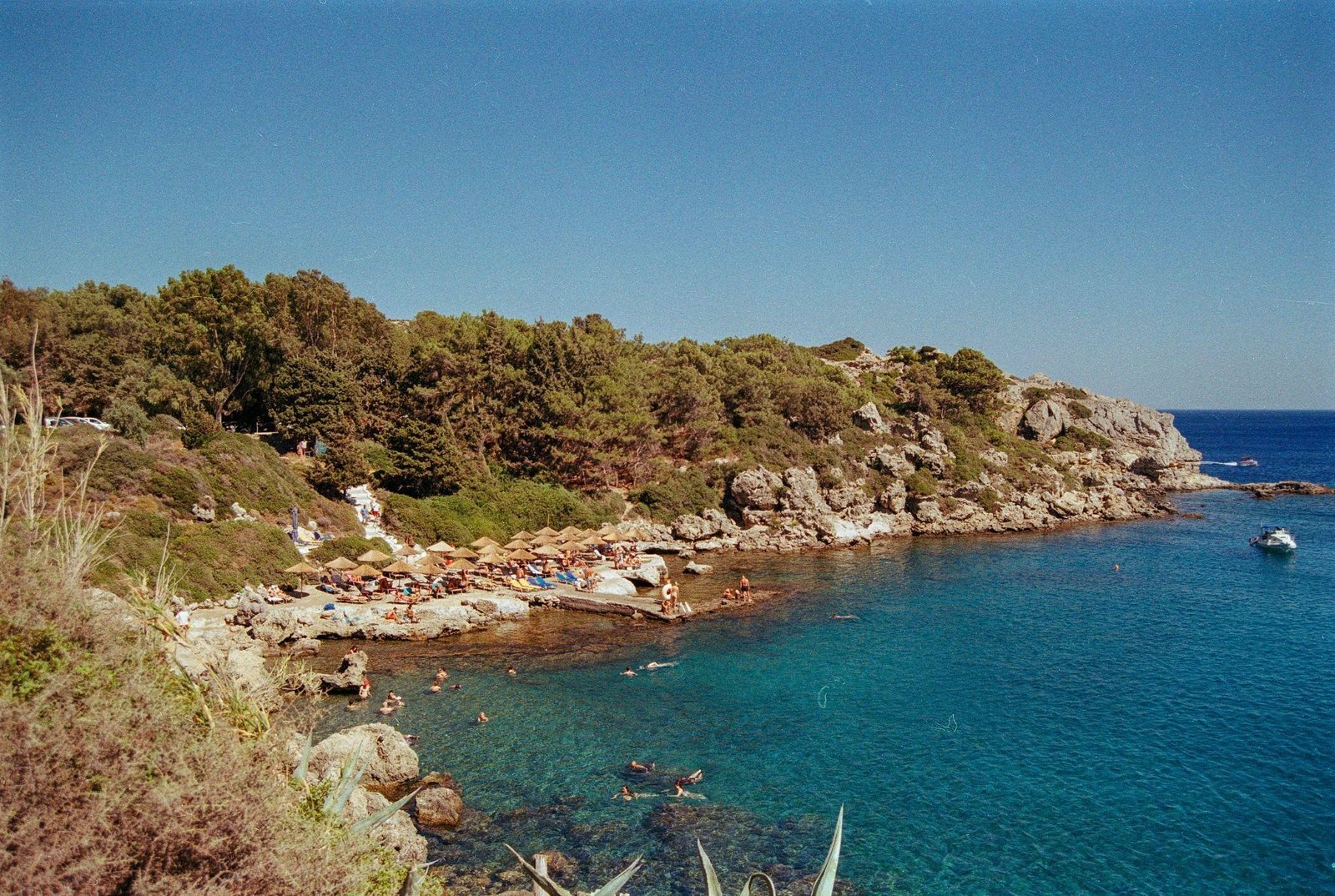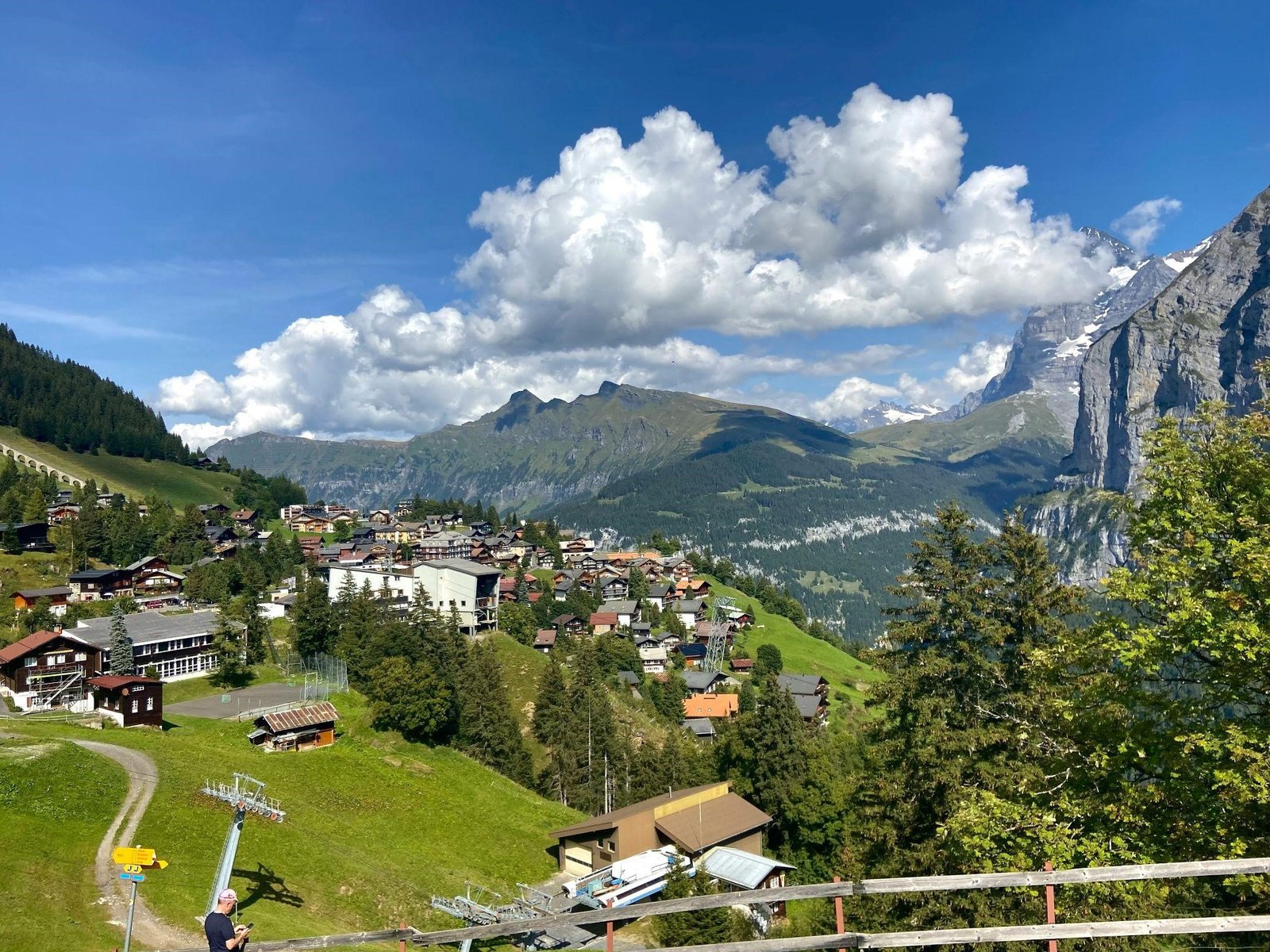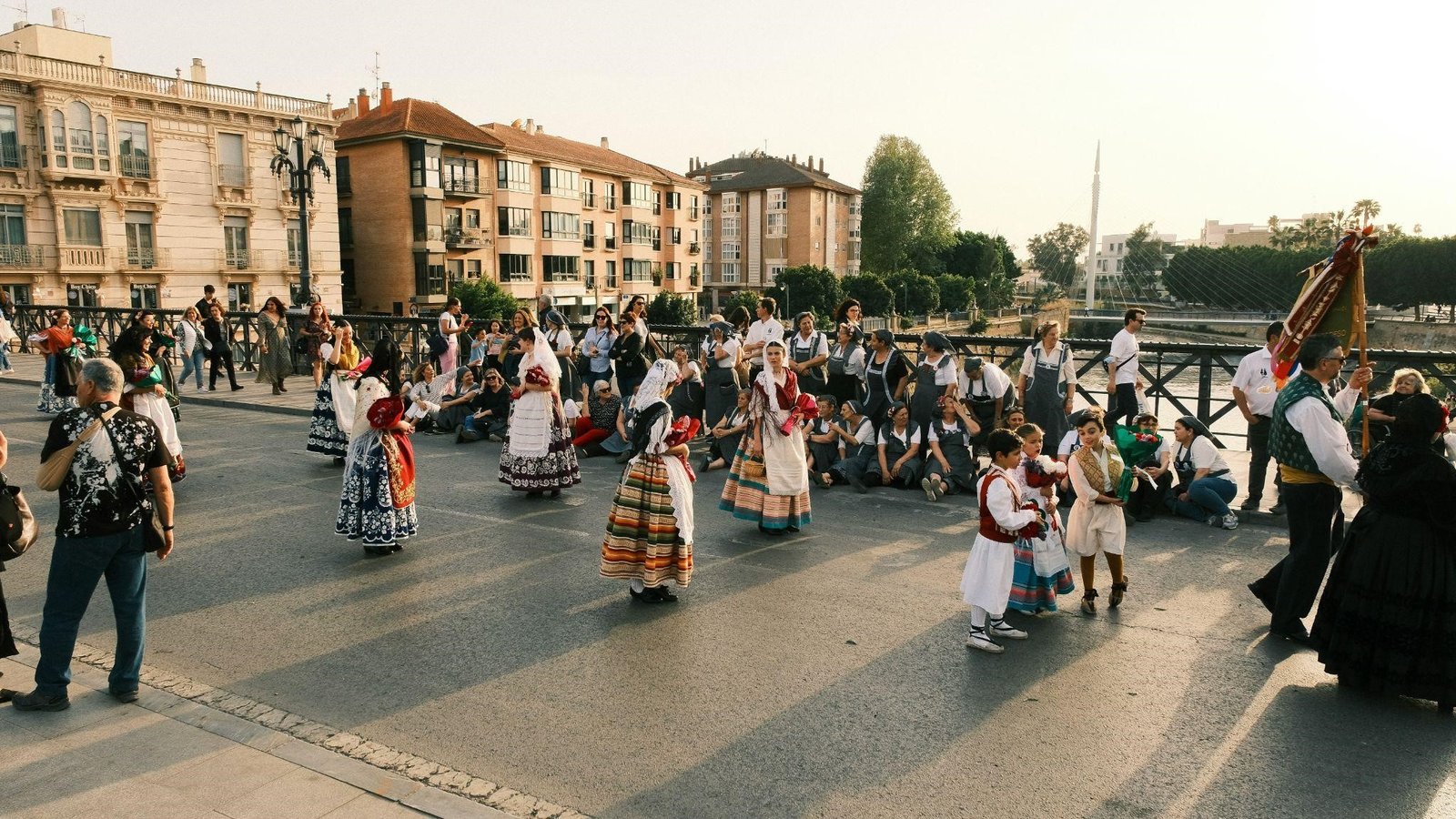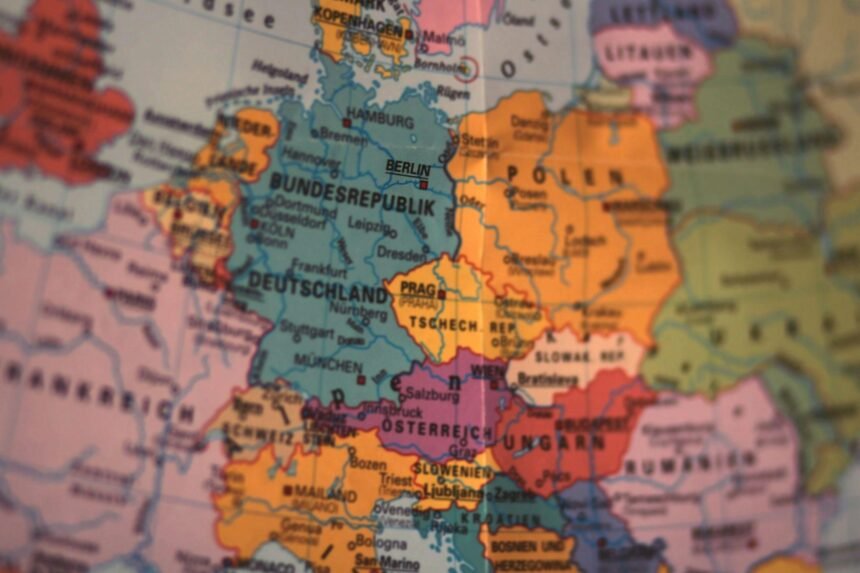In 2025, what is the best time to visit Europe? From the cobblestone streets of Paris to the sun-soaked beaches of Greece, Europe has a timeless allure that captures the hearts of travelers around the world. Then comes the question, “when is the best month to visit Europe? And what is the best season to visit?”. Whether you’re a history buff, a foodie, or an adventure seeker, Europe offers something for every kind of explorer at every age. But here’s the secret: timing is everything. Choosing the right month and region can turn a good trip into an experience of a lifetime. To plan your trip and get the best experience, visit Europe to customize your itinerary effectively. In this article, we’ll break down the best times to visit Europe, month by month and region by region, so you can plan the perfect getaway with your loved ones. Before you go, make sure you stay connected across countries with a reliable Europe eSIM; no need to swap SIM cards or hunt for Wi-Fi while you travel alone. It’s best advised to be connected so that you can share your precious moments with your loved ones in real time, and they can feel secure in your safety.
Is Europe on Your Bucket List? When is the best time to visit?
The best time to visit Europe depends on your preferred weather, crowd levels, and the type of activities you want to enjoy with your loved ones. Each of Europe’s four seasons each offer a unique travel experience. Each season in Europe has its own unique characteristics, making every time of year special in its own way. Spring (April to June) is known for mild weather, blooming landscapes and fewer tourists making it a great time for sightseeing, Paris, Amsterdam, Lisbon, and Barcelona are must visit places during Spring. Summer (July to August) brings warm temperatures, a festive vibe, and perfect beach weather, ideal for exploring coastal destinations such as the Greek Islands, Italy, and Croatia. For those seeking a quieter, more relaxed trip, autumn (September to October) is the best season that offers cooler weather, fewer crowds, and stunning fall scenery, great for enjoying a peaceful time with family and friends. Meanwhile, winter (November to March) transforms Europe into a magical destination, best known for its Christmas markets, winter sports, and budget-friendly travel options in places like Switzerland, Austria, Prague, and also the sunny Canary Islands is considered to be one of the best places to visit in Europe during winter vacation. Whatever your travel style, there are many things you can do based on the best time you would like to visit Europe.
The Best Places to Visit in Europe, Month by Month:
| Season | Month | Best Place to Visit |
| Spring | April to June | Paris, Amsterdam, Lisbon, Barcelona |
| Summer | July to August | Greek Islands, Amalfi Coast, Croatia come |
| Fall | September to October | Tuscany, Slovenia, Austria, Germany |
| Winter | November to March | Vienna, Prague, Munich, Finland |
Spring in Europe (April to June)
In Spring 2025, Europe awakens with color, charm and the perfect season to travel. Some of the best places to visit during this season include Paris, Amsterdam, Lisbon and Barcelona. Picture yourself strolling through Paris, where blooming gardens and sun-drenched open-air cafés create the perfect setting for romantic days and scenic walks. In Amsterdam, spring transforms the city into a living postcard, with vibrant tulip fields and peaceful canals framed by flowering trees. Lisbon offers a warm, breezy escape, with its cobbled streets, pastel buildings, and panoramic viewpoints all glowing under the spring sun. Meanwhile, Barcelona bursts with life, its golden beaches, colorful Gaudí architecture, and lively spring festivals make it an irresistible stop for any traveler seeking the perfect blend of culture and coastal beauty.
Summer in Europe (July to August)
Summer is the best time to have sun-soaked adventures. For those who are not keen on chilly weather, the best time to visit European countries is during summer. Coastal areas like the Greek Islands, the Amalfi Coast, and Croatia come alive with warm weather, vibrant colour, and postcard-perfect beaches. People who would like to experience Mediterranean vibes, the best season to visit Europe is during its Summer.
Fall in Europe (September to October)
The months of September and October are best suited for travelers who like to have fewer crowds. The cool weather and fall landscape set a different stage for the travellers. Exploring the vineyards of Tuscany, take part in Slovenia and Austria fall color and also get to celebrate Oktoberfest celebrations in Germany.
Winter in Europe (November to March)
For those who love to experience festive vibes, the best time to visit Europe is during Winter. The festive markets, snowy escapes, and cozy holiday vibes give a completely fantasy experience for travellers who are very much interested in the culture and lifestyle of the locals. One of the famous activities during Christmas is the Christmas markets in Vienna, Prague, and Munich. Chasing the Northern Lights in Finland offers some of the best winter wonders one can experience while planning a trip to Europe in 2025. If you are from a country that doesn’t snow during the winter, it’s best to plan your trip to Europe in winter, as you and your loved ones can experience the magic of Christmas as seen in many Hallmark movies.
Regional Differences to consider when choosing the best season to visit Europe:

Western Europe: (UK, France, and Spain)
Western Europe enjoys a temperate climate, making it a favorite among travelers seeking comfort and culture all year round. Summers are generally warm but not extreme, while springs and autumns are pleasantly mild. The best time to visit Western Europe is from April to June and September to October, offering the ideal balance between favorable weather and fewer crowds. In spring, Paris bursts into bloom, ideal for strolling along the Seine or through the gardens of Versailles. London is alive with cherry blossoms and cultural events like the Chelsea Flower Show. In Spain, cities like Seville and Barcelona enjoy a festive vibe with springtime fairs and tapas enjoyed under a warm sun. Autumn is equally beautiful with golden landscapes in the English countryside and vibrant food and wine festivals in France and Spain. Summer (July–August) brings larger tourist crowds, especially in hotspots like London, Barcelona, and Paris, so it’s advisable to book early if traveling during these months.

Eastern Europe: (Czech Republic, Hungary, Croatia)
Eastern Europe is an emerging favorite for travelers looking for affordable adventures, historic charm, and cultural authenticity. With a generally continental climate, summers can be very hot, particularly in inland areas like Budapest or Prague, so the best time to visit is during the spring (May–June) or early autumn (September) when the weather is comfortable and the crowds are manageable. In Prague, spring and autumn highlight the city’s gothic beauty without the high-season bustle. Budapest offers a vibrant café culture, thermal baths and Danube cruises, best enjoyed in mild weather. Along the coast, Croatia is particularly enchanting in late spring or early fall, when the Adriatic Sea is still warm, but the beaches are far less crowded. The shoulder seasons are also great for exploring castles, countryside wine trails, and UNESCO heritage towns across the region.

Central Europe: (Germany, Austria, Switzerland)
Central Europe is a year-round destination, with each season offering a unique travel experience. May to October is considered the best time to visit for outdoor enthusiasts. Hike the Alps in Austria, take scenic train rides in Switzerland or explore medieval towns and castles in Germany’s Bavaria. Summer is ideal for lake vacations in Switzerland’s Interlaken or Germany’s Black Forest, while spring and autumn offer fewer crowds and colorful backdrops. In winter, from December to February, Austria and Switzerland become top choices for skiing, snowboarding, and experiencing world-famous Christmas markets in cities like Vienna and Munich. Switzerland stands out for its dual personality: sunny alpine meadows in summer and snow-covered villages in winter, perfect for both adventure and serenity.

Northern Europe: (Scandinavia, Iceland)
Northern Europe is for those looking to experience natural wonders and pristine landscapes. The best time to visit largely depends on what you want to see. From June to August, long summer days, mild temperatures and the Midnight Sun phenomenon make it perfect for fjord cruises in Norway, hiking in Sweden, or cycling through Copenhagen. Winter (November to March) offers an entirely different magic. This is when you can chase the Northern Lights in Iceland or Lapland, explore frozen waterfalls and stay in ice hotels or glass igloos under the stars. Reykjavik’s winter festivals and cozy geothermal spas are unforgettable experiences.
Southern Europe: (Italy, Greece, Portugal)

Southern Europe is all about sun, sea, food, and history. With hot Mediterranean summers, the best time to visit is between April to June and September to October, when the temperatures are more comfortable, and the crowds are smaller. Spring is ideal for exploring the Amalfi Coast, the Greek Islands, or the historic streets of Lisbon. The weather is warm but not scorching, flowers are in bloom, and the sea is starting to warm up. In early autumn, the sea remains inviting, and the vineyards in regions like Tuscany or the Douro Valley are at their most picturesque during harvest season. Summer, while popular, can get intensely hot, especially in southern Italy and Greece, but it’s also festival season, with events like Greece’s island music festivals, Lisbon’s Santo António Festival, and Italy’s seaside town celebrations in full swing.
Final thoughts on the best season to visit Europe:
Europe offers something special in every season and region, whether you’re chasing sunshine in Southern Europe, exploring cultural hubs in the West, or witnessing natural wonders in the North. Understanding the best time to visit each part of Europe helps you plan a trip that aligns with your interests, budget, and ideal weather. Whether it’s spring blooms in Paris, summer sunsets in Greece, autumn vineyards in Tuscany, or winter magic in Iceland, 2025 is the perfect year to explore Europe, your way.








